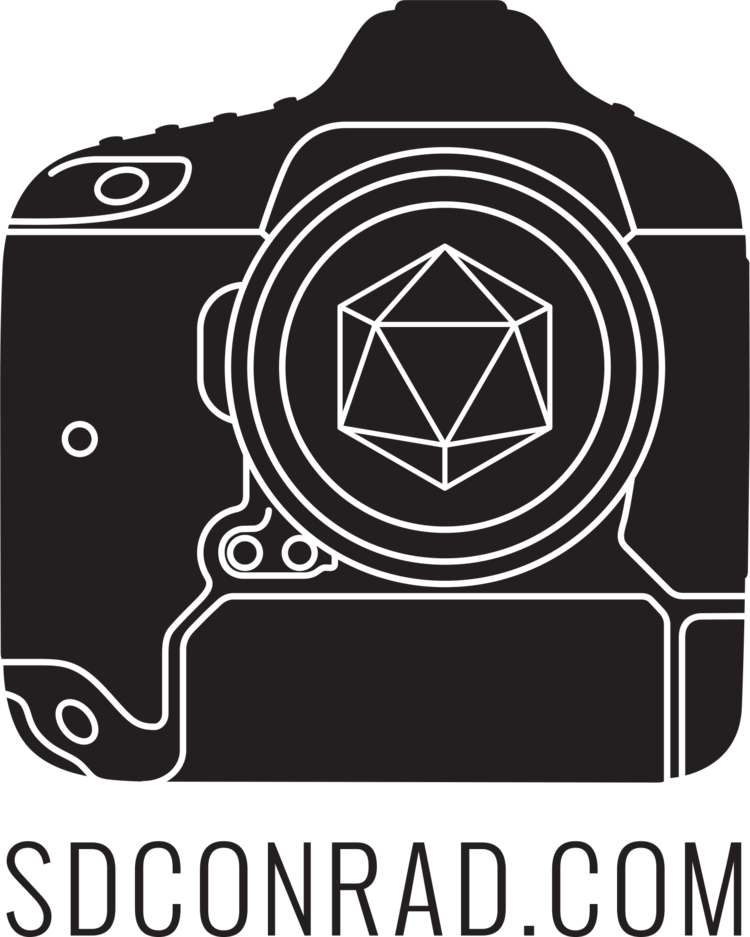Successful sports photography requires pretty much only one thing... a high shutter speed. We're talking upwards of 1/1000th of a second. The problem is, a fast shutter speed like that requires a lot of light. With the power of the Sun, you won't have to worry about much, that's pretty much a no-brainer. But once the Sun goes down you have to make your own light sources. Photographers do this regularly with their own lights or with lights they rent. They can control them by moving them around, adding filters, flags, scrims, silks, whatever you have to throw in front of the light, it's up to you to use. There are unfortunate circumstances where you are required to shoot in a dark place and you have absolutely no control over the light. This is the challenge I've been facing once a week for the past month as I've been photographing for Gotham Soccer League.
While the fields they use are illuminated, these are not professional stadiums they're playing in, so they're still a little dim for my liking. One challenge I've faced is that I have to decide between a really high ISO, practically the maximum ISO my camera can handle, meaning all the shots will have more "noise." This will allow me to use a higher shutter speed, reaching my target of 1/1000th of a second. Or I can use a lower ISO, experiencing less noise, but I might encounter some motion blur. I decided a little blur isn't the end of the world, as motion blur in sports simply shows motion. I mean, these are action shots after all. The 1/1000th of a second shutter speed will stop time. So sometimes I switch back and forth getting a little with more blur and a little without.
For these games I shoot at an aperture of f/2.8. This allows for more light to hit the censor and creates a nice depth of field. The only issue is that, depending on the subject's distance from the camera and what millimeter my camera is zoomed to, the depth of field can sometimes be pretty narrow. When a player is running directly at me, I only have about of meter or less for them to be in focus. So I often hold my autofocus button (which I've remapped to the back of my camera) and hold the shutter down and hope for the best. It's during free kicks and goal kicks when I can take my time to set frame and focus.
One important thing to include in sports photography is the scenery. As I stated before, I'm not shooting in stadiums. There's rarely an audience and usually it's just friends and family of the people playing. These players are playing for the love of the game, not for the fame and fortune that comes with being an athlete. But, we do live in NYC, which offers amazing views from time to time. After living here for years it's easy to forget the beauty the city has to offer.
